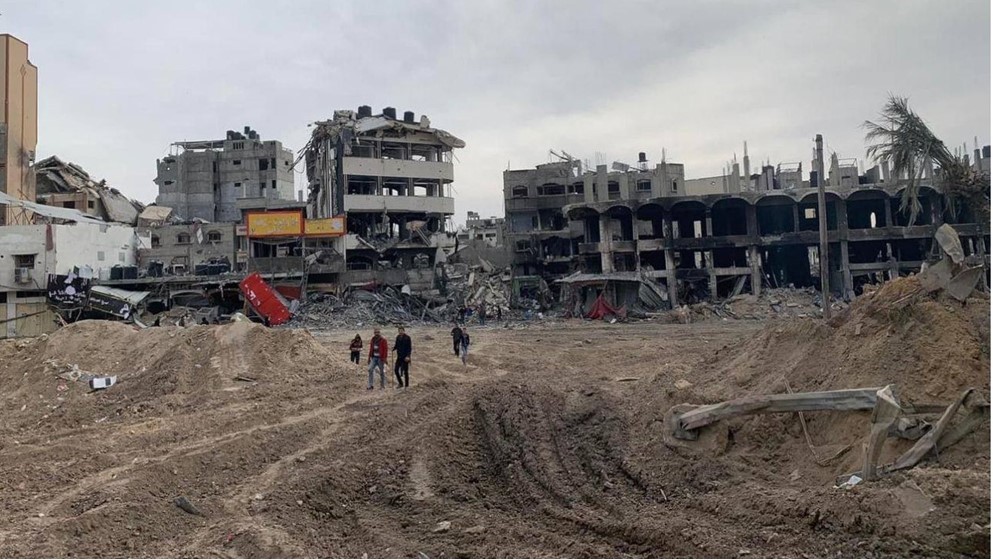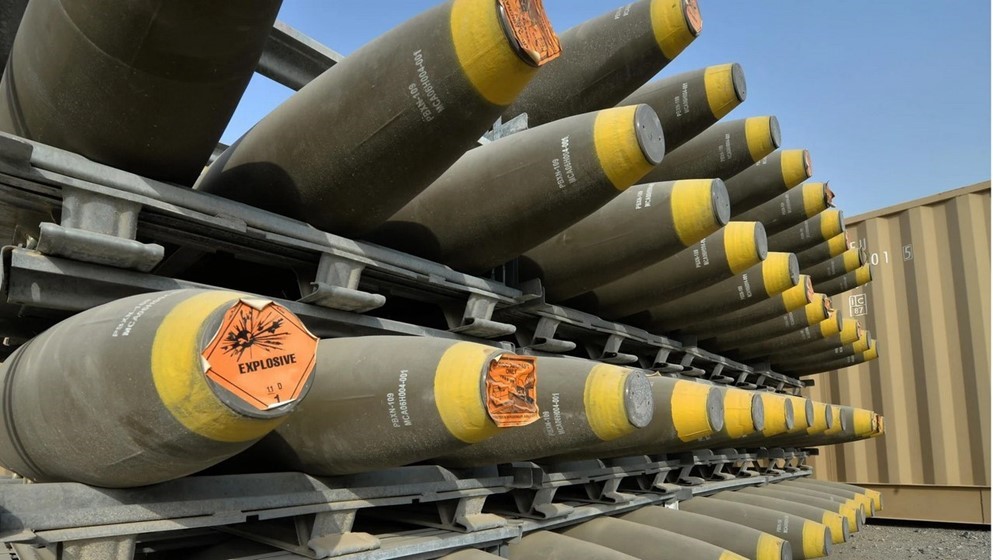According to an analysis of visual evidence by The New York
Times, Israel routinely dropped one of its biggest and most destructive bombs
in areas it designated safe for civilians during the first six weeks of
Israel’s war on the
Gaza Strip. The regular use of 2,000 pound bombs suggests
that even for Palestinians who followed every Israeli evacuation order and
advisory, there was still no safety to be found in a war zone that is more
dangerous for civilians than any in recent history.
اضافة اعلان
Munitions experts told the Times that bombs of this size
date to before the
Vietnam War, but the US military almost never drops them in
densely populated areas anymore. These weapons unleash powerful blast waves and
sharp metal fragments that can travel thousands of feet in every direction. The
expert added that smaller 500 pound bombs were routinely considered too big to
use within cities during US wars in Iraq and Syria.

In response to questions about the use of 2,000 pound bombs,
an
Israeli Occupation Forces (IOF) spokesperson said in a written statement to
the Times that, “Questions of this kind will be looked into at a later stage.”
Days after the war began in October, 2023, the IOF ordered
over one million people living in northern Gaza to leave their homes and move
to southern Gaza for their safety. However, that area was far from safe.

The Times
programmed an artificial intelligence tool to scan
satellite imagery of southern Gaza and detect potential bomb craters. The AI
flagged over 1,600 craters, and Times journalists manually reviewed each one to
eliminate false positives, such as circular shadows or bomb craters from
previous wars. The remaining craters were measured to identify those spanning
roughly 40 feet across or more. According to munitions experts, craters of this
size in Gaza’s light, sandy soil generally only result from 2,000-pound bombs.
Ultimately, the Times identified 208 such craters in
satellite imagery and drone footage, indicating that 2,000-pound bombs posed a
pervasive threat to civilians across southern Gaza. Additionally, these
findings likely represent only a portion of the 2,000-pound bombs Israel used
on southern Gaza during the first six weeks of the war. This limitation arises
from the availability of aerial imagery and instances where the bomb may leave
only small craters or no craters at all.

Furthermore, satellite images failed to capture the extent
of the destruction unleashed by Israel. For example, a massive crater in
central Khan Younis, measuring at least 40 feet across, resulted from an
Israeli airstrike on a residential block on October 26, 2023. Witnesses and
local journalists’ footage at the scene showed men frantically digging into
mountains of mangled metal and pulverized concrete. Deep in the rubble, a
severed arm suddenly appeared, followed by the face of a young boy with eyes wide
open; he was alive.
The Pentagon recently increased shipments to Israel of
smaller bombs called
GBU-39s, which is one of the smallest bombs in Israel’s
arsenal. Unlike
MK-84, a 2,000-pound bomb commonly used by Israel, GBU-39
creates a blast wave that can injure or kill people in open areas more than
1,000 feet away from the point of impact. However, US transfers of GBU-39s did
not stop Israel from using 2,000 pound bombs on the strip.

Nonetheless, the US has not shown a willingness to cut off
the flow of the weapons supplied to Israel, having sent more than 5,000 of the
2,000 pound bombs since October 2023.
Read more Region and World
Jordan News



